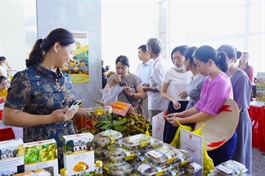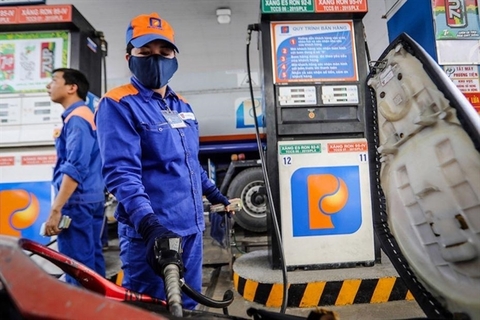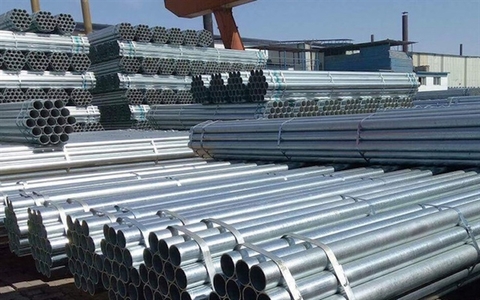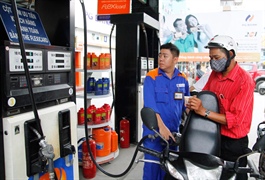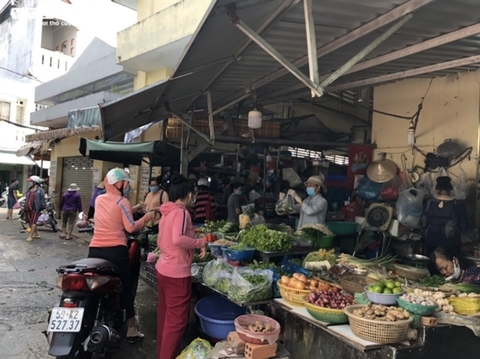Feed producers seek alternative sources to save on costs
Feed producers seek alternative sources to save on costs
Many animal feed producers in Vietnam are snapping up domestic rice to replace imported equivalents, in the context of the rocketing increase in material prices and supply shortages.
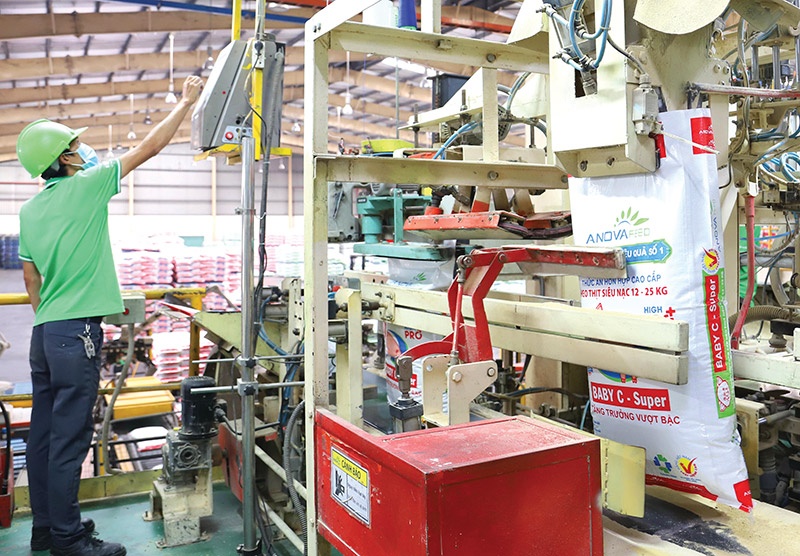
Nguyen Quang Hoa, director of Duong Vu Co., Ltd., is busy collecting rice from localities, and even from across the land border in Cambodia, to meet the orders of animal feed producers.
“The average orders are 30,000 tonnes per month, and over 10,000 tonnes ordered by C.P. Vietnam. The order volume has recently increased due to the escalation in prices of corn and wheat,” Hoa said.
Some orders of rice volume are much larger than those figures, and so the company is making efforts to meet the demand of producers, according to Hoa.
Japfa Comfeed, GreenFeed Vietnam Corporation, and New Hope Vina Co., Ltd. are also buying rice closer to home in order to offset the shortage of imported materials.
In the first six months of this year, Vietnam garnered nearly 8.5 million tonnes of materials for animal feed production, equalling $3.7 billion in value. These figures have dipped by 33 per cent in quantity and 8.9 per cent in value on-year.
The major suppliers of animal feed and raw materials to Vietnam are Argentina, the United States, Brazil, and the European Union. In the first six months of this year, Argentina was the largest import market with a total cost of nearly $550 million, equalling just over a quarter of the turnover of the whole sector and decreasing by 27.3 per cent on-year.
Le Van Long, head of animal feed at Japfa Comfeed’s northern branch, told VIR, “Using domestic rice to replace imported materials is just a temporary solution because the selling price of imported corn is much higher than domestic rice prices, due to the global uncertainties including the Russia-Ukraine clashes.”
Once the uncertain situation is resolved, according to Long, the selling price of imported materials will cool down, and imports will become lively again. “Animal feed producers, including ours, want to gather more domestic materials. However, to be honest, domestic products can’t compete with imported materials in terms of selling prices,” Long said.
Statistics from the Department of Livestock Production under the Ministry of Agriculture and Rural Development (MARD) showed that Vietnam currently has around 270 animal feed production facilities, 90 of which are foreign-invested enterprises. The country’s livestock industry needs over 33 million tonnes of feed. However, domestic supply sources just meet 40 per cent of the demand, equalling 13 million tonnes.
The dependence on imported raw materials leading to an unexpected impact on the domestic livestock industry is becoming a chronic issue. Meanwhile, Vietnam only produces rice bran and cassava, and has failed to develop plantation areas to grow feed inputs because of poor productivity.
In order to reduce the dependence on imported raw materials, the government has assigned the MARD and relevant authorities to study plans to develop the plantation areas.
According to the MARD, one of the key crops for the livestock industry is maize. But maize kernels’ domestic output can only meet one-fifth of the demand at the moment, while the remaining 80 per cent must rely on imports.
“We will focus on growing biomass maize with the target to process 1.5 million tonnes of agricultural by-products for animal feed production,” said Deputy Minister of Agriculture and Rural Development Phung Duc Tien. “The MARD has asked De Heus to cooperate with the Department of Livestock Production and Department of Crop Production to establish co-operatives in the Central Highlands region which specialise in growing cassava and maize to increase the supply for producers.”
Hoa of Duong Vu Co., Ltd. added, “It would be good if Vietnam could develop plantation areas, for example, for rice and maize. The potential for growing rice for animal feed is large, and it is important that Vietnam carries out more studies of short-term rice strains with high yield.”



